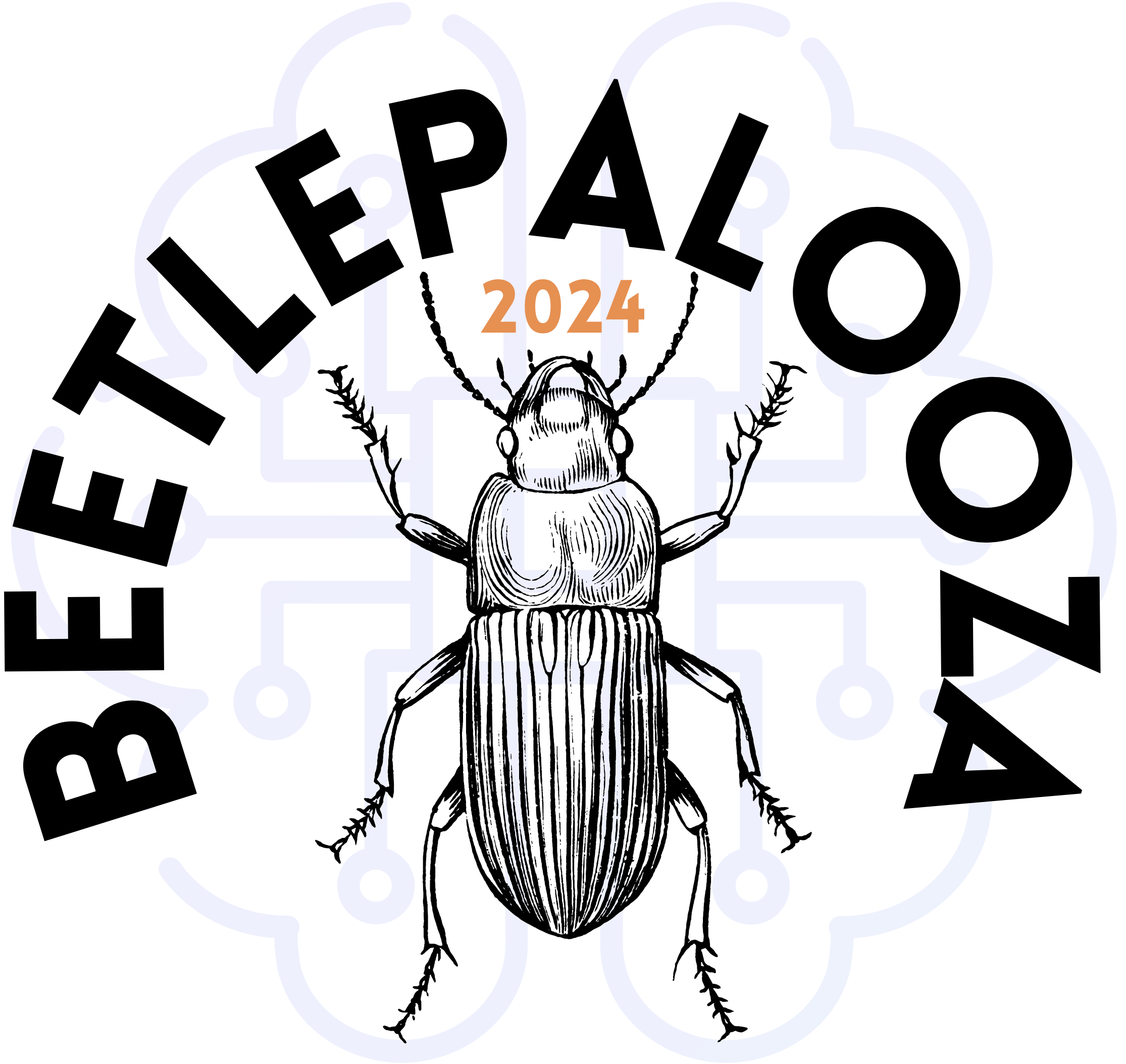-
Notifications
You must be signed in to change notification settings - Fork 0
Home

Dates: Aug 12-15, 2024
Location: Imageomics HQ @ TDAI (Translational Data Analytics Institute), Pomerene Hall Room 320, 1760 Neil Ave., Columbus, OH 43210
Motivation The National Ecological Observatory Network (NEON) collects an unprecedented multitude of ecological and environmental data on a continental scale through field sampling and remote sensing. As part of the field sampling, NEON collects, counts, and identifies biological specimens of environmental indicator species and those filling ecologically important roles. The underlying processing of specimens is often manual and time consuming and is limited to taxonomic identification and counts. This presents a unique opportunity with potentially long-lasting impact to explore the potential and limitations of AI/ML-driven automation for biodiversity data collection efforts, including by developing and utilizing multi-modal ML computer vision models that take advantage of imagery, remote sensing, and environmental data. One taxonomic group especially ripe for proof-of-concept is beetles, one of the world's most diverse groups that serve important roles in pollination of plants and as indicator species providing early warning signals of environmental change. NEON collects ground beetles (Carabidae) from across the continental United States, Puerto Rico, and Alaska using pitfall traps. These specimens are then sorted and identified by NEON staff and other taxonomic experts in a painstaking, manual process that can take over a year and concludes with publishing counts of beetle species on NEON’s data portal. What if, rather than publishing counts of species, NEON captured and published images of beetles? Can we develop an automated process to more efficiently derive species counts from the imagery? Is it possible to use imagery to measure important characteristics (known as functional traits, such as body size) of the different beetles that are collected? This workshop offers an opportunity to develop a proof-of-concept to demonstrate how the application of computer vision techniques could transform how ground beetle community data are collected, and thus biodiversity data more generally. Moreover, the treasure trove of data products collected at NEON sites provides the opportunity to push multi-modal model development applied to computer vision in tackling this challenge.
This event is sponsored by the Imageomics Institute and supported by the National Science Foundation under Awards No. OAC-2118240 and AWD-111317. Any opinions, findings and conclusions or recommendations expressed in this material are those of the author(s) and do not necessarily reflect the views of the National Science Foundation.